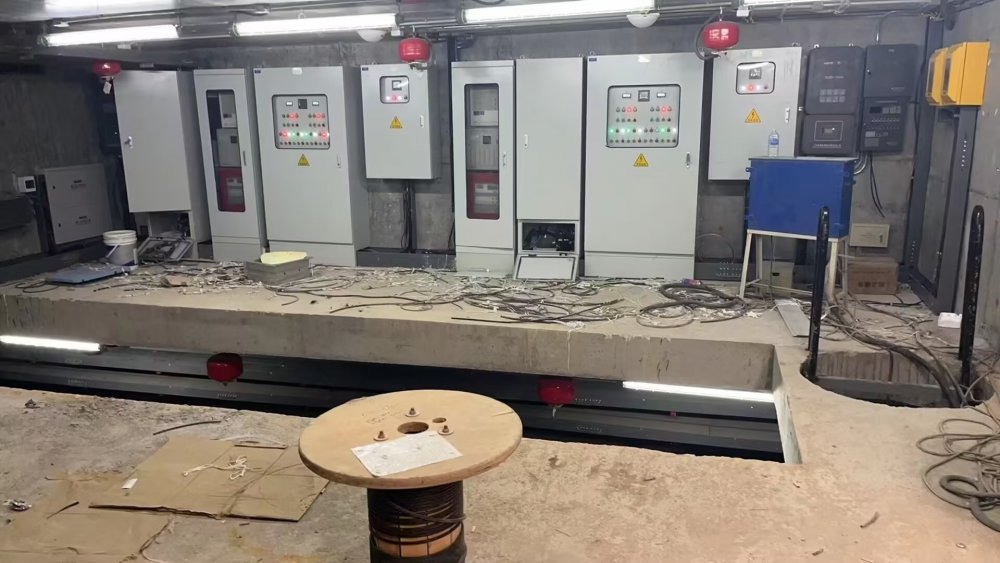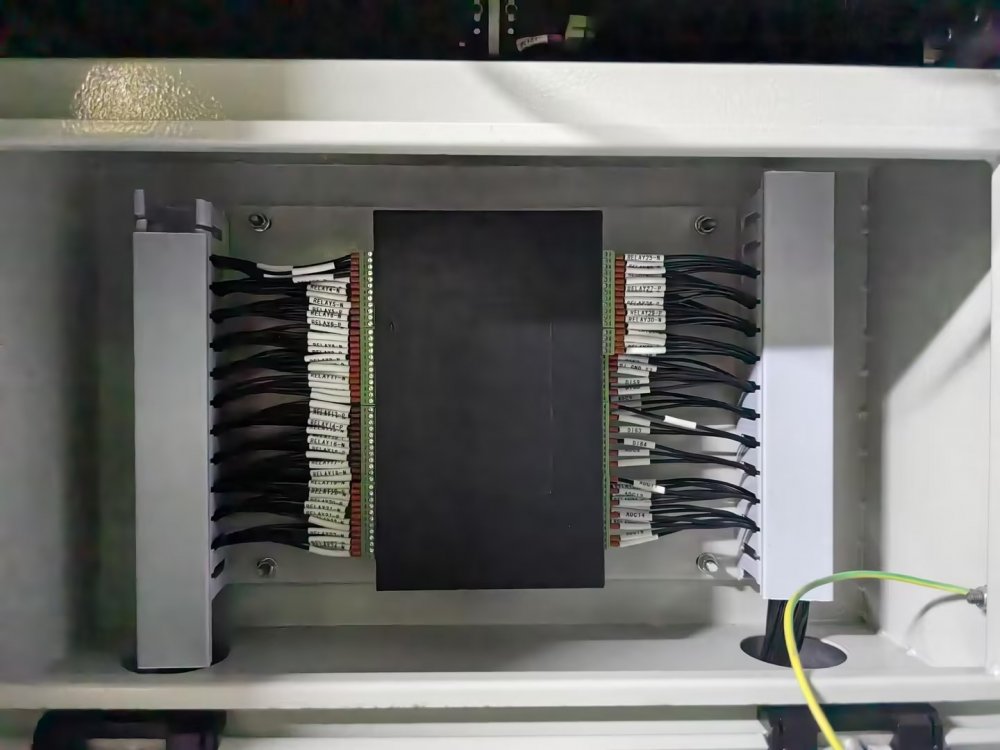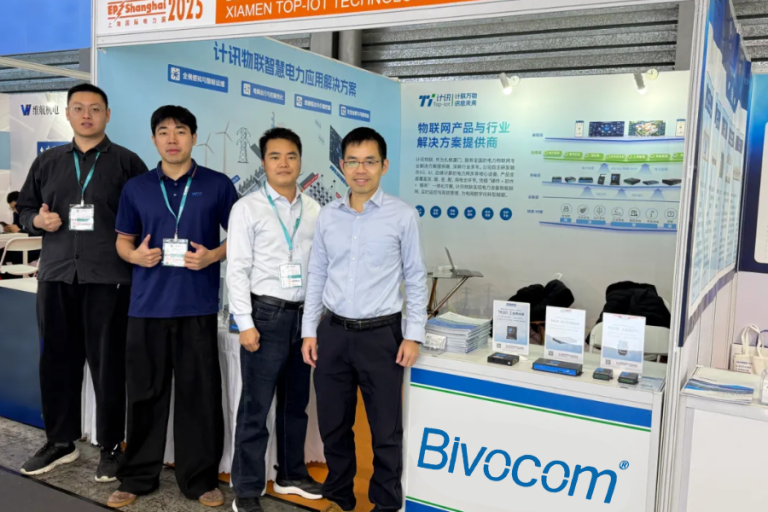IoT for Utility Tunnel Monitoring: Ensuring Safety and Efficiency
Introduction
Utility tunnels are crucial infrastructures that house a variety of utility services, including electricity, water, sewage, heating, and telecommunications. Monitoring the condition of these tunnels is essential to ensure safety, prevent service disruptions, and manage maintenance effectively. The Internet of Things (IoT) is transforming how we monitor and manage these vital underground networks. By integrating IoT solutions into utility tunnel management, operators can enhance efficiency, reduce costs, and improve safety.

The Role of IoT in Utility Tunnel Monitoring
-
Real-Time Data Collection
IoT sensors can be deployed throughout utility tunnels to collect data in real time. These sensors can monitor various parameters, such as:
Temperature and Humidity: Monitoring environmental conditions helps prevent corrosion and other damage to utility lines.
Leak Detection: Identifying leaks in water pipes or sewage systems can quickly mitigate potential flooding and contamination risks.
Structural Integrity: Sensors can assess the structural health of tunnel walls and ceilings, detecting shifts or cracks that may indicate potential failures.

-
Predictive Maintenance
IoT technology enables predictive maintenance by analyzing data from sensors and predicting potential failures before they occur. This approach allows utility operators to perform maintenance based on actual conditions rather than relying on fixed schedules, ultimately reducing downtime and repair costs.
-
Enhanced Safety
Safety is a paramount concern in utility tunnels. IoT devices can enhance safety by providing:
Emergency Alerts: Sensors can detect hazardous conditions, such as gas leaks or excessive water accumulation, sending alerts to maintenance teams and enabling rapid responses.
Remote Monitoring: Managers can monitor tunnel conditions remotely, reducing the need for personnel to enter potentially dangerous areas.
-
Efficient Asset Management
By utilizing IoT, utility companies can maintain an accurate inventory of their assets within tunnels. This includes tracking the condition and location of pipes, cables, and other infrastructure elements, ensuring better management and quicker responses to issues.
-
Data Analytics and Visualization
The data collected by IoT sensors can be processed and analyzed to provide insights into tunnel conditions. Visualization tools can help operators understand trends and emerging issues, facilitating informed decision-making and strategic planning.
Benefits of IoT in Utility Tunnel Monitoring
1. Cost Savings
Implementing IoT solutions can lead to significant cost savings through reduced maintenance expenses, minimized service disruptions, and more efficient resource allocation. By predicting equipment failures, companies can avoid costly emergency repairs.
2. Improved Operational Efficiency
Automating monitoring processes allows utility companies to streamline operations, reduce manual inspections, and allocate staff resources more effectively.
3. Increased Reliability
With continuous monitoring and early detection of issues, utility providers can ensure more reliable services, ultimately enhancing customer satisfaction.
4. Challenges and Considerations
While the benefits of IoT in utility tunnel monitoring are significant, several challenges must be addressed:
Infrastructure Costs: The initial investment for IoT sensors and supporting technology can be substantial.
Data Security: Ensuring the security of data collected through IoT devices is critical, as breaches could lead to significant operational risks.

Integration: Integrating IoT solutions with existing systems and processes can be complex and requires careful planning.
Conclusion
IoT technology is revolutionizing the way utility tunnels are monitored and managed. By providing real-time data, enhancing safety measures, and enabling predictive maintenance, IoT solutions can lead to safer, more efficient utility operations. As technology continues to evolve, the potential for IoT in utility tunnel monitoring will only grow, paving the way for a more resilient and responsive infrastructure.




Comment